Hockey, known for its fast-paced action, thrilling moments, and passionate fan base, has captivated the hearts of sports enthusiasts worldwide. However, for those considering taking up this exciting sport, understanding the financial aspects associated with playing hockey is crucial.
In this article, we explore hockey and shed light on the costs involved in playing the game.
How Much Does It Cost to Play Hockey?
Embarking on a journey into the world of hockey as a beginner comes with a price tag that ranges between $2,000 and $2,500. This amount covers both essential gear and the expense of securing ice time.
Roughly half of the cost goes towards acquiring the necessary equipment, while the other half goes towards league fees and accessing the coveted ice rinks.
However, for the older folks seeking the thrill of recreational hockey, the financial landscape takes on a different shape. While equipment expenses remain constant, the overall costs fluctuate based on factors such as ice time and the number of games played.
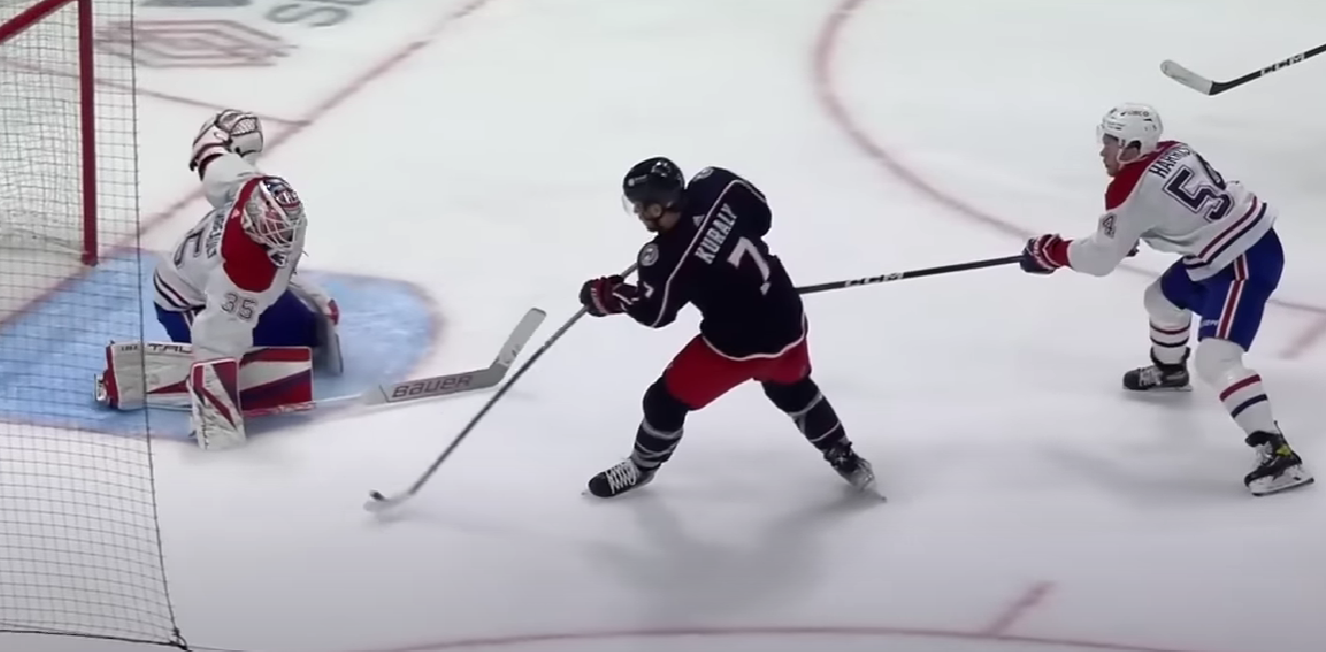
From a couple of hundred dollars to a potential grand, recreational league costs offer a range of possibilities for passionate players seeking to engage in this beloved sport.
What is Hockey?
Hockey is a thrilling and fast-paced sport played on ice or field, depending on the variant. It involves two teams competing to score goals by maneuvering a small, hard object called a puck or ball into the opponent’s net using sticks.
The objective is to outmaneuver the opposing team by showcasing skills such as skating, stickhandling, passing, and shooting. Hockey is known for its physicality, teamwork, and strategic gameplay, captivating fans worldwide with its intense action and exhilarating moments.
What Composes the Hockey Equipment?
When it comes to hockey, having the right equipment is crucial for both player safety and performance on the ice. From head to toe, a player’s gear serves to protect them from potential injuries while enabling them to fully engage in the fast-paced game.
Below are the various components that make up a hockey player’s equipment, highlighting their purpose and significance in the sport.
Helmet and Face Cage or Visor
The helmet is the most essential piece of equipment, safeguarding the player’s head from potential impacts and reducing the risk of concussions. It typically features an adjustable chin strap to ensure a secure fit.
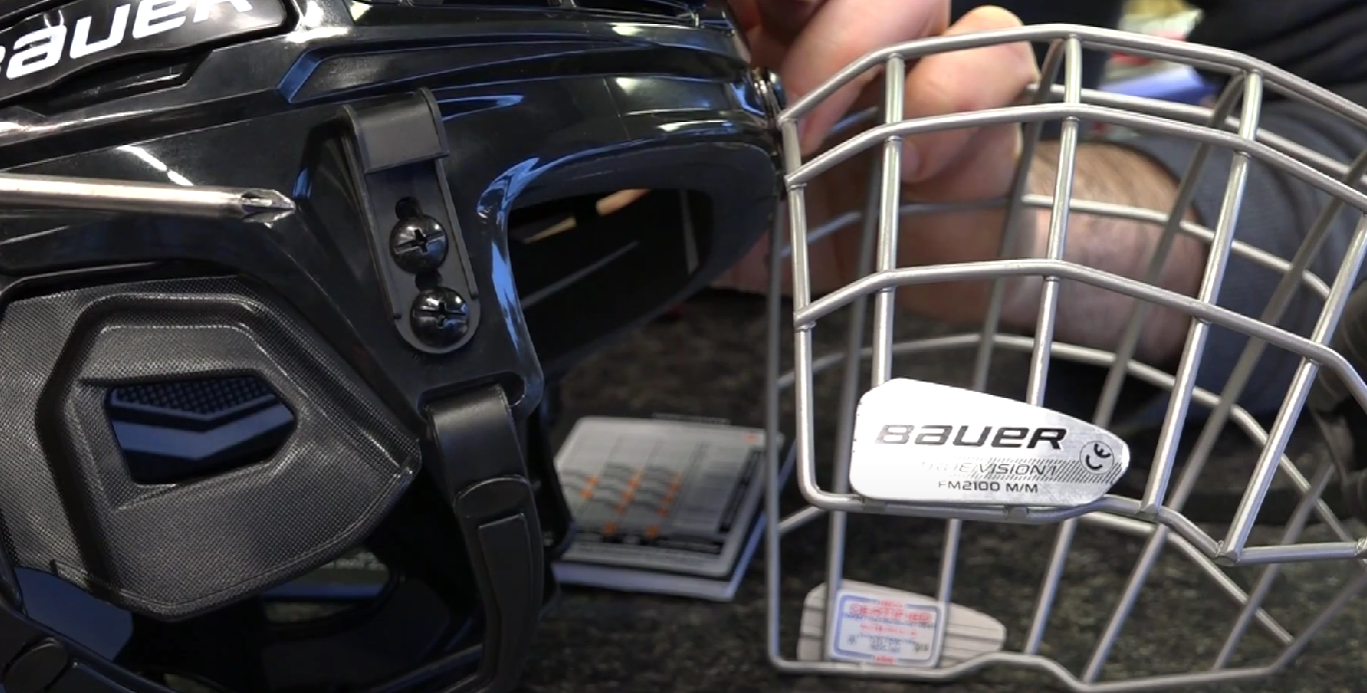
In many leagues, a face cage or visor is mandatory to protect the player’s face from errant sticks, pucks, and collisions.
Shoulder Pads
Shoulder pads provide crucial protection for the upper body, including the collarbone, shoulders, and upper arms. Constructed with durable padding and plastic inserts, they absorb impact during checks, collisions, and falls.
These pads are designed to allow flexibility and unrestricted movement while maintaining adequate protection.
Elbow Pads
Elbow pads are designed to protect the elbows and forearms, which are particularly vulnerable during falls or contact with other players or the boards. They feature padding and plastic inserts to absorb and distribute impact forces, reducing the risk of fractures or joint injuries.
Gloves
Hockey gloves are essential for protecting the hands and wrists while providing grip and control of the stick. They feature padding on the backhand, fingers, and cuff, along with a reinforced palm to absorb impact and prevent injuries from slashes or puck impacts.
Chest or Body Protector
The chest or body protector, commonly known as the “butterfly pad,” offers comprehensive protection for the chest, ribs, and lower back. It consists of thick padding and a hard plastic shell, shielding the player from checks, stray pucks, and collisions with the boards.
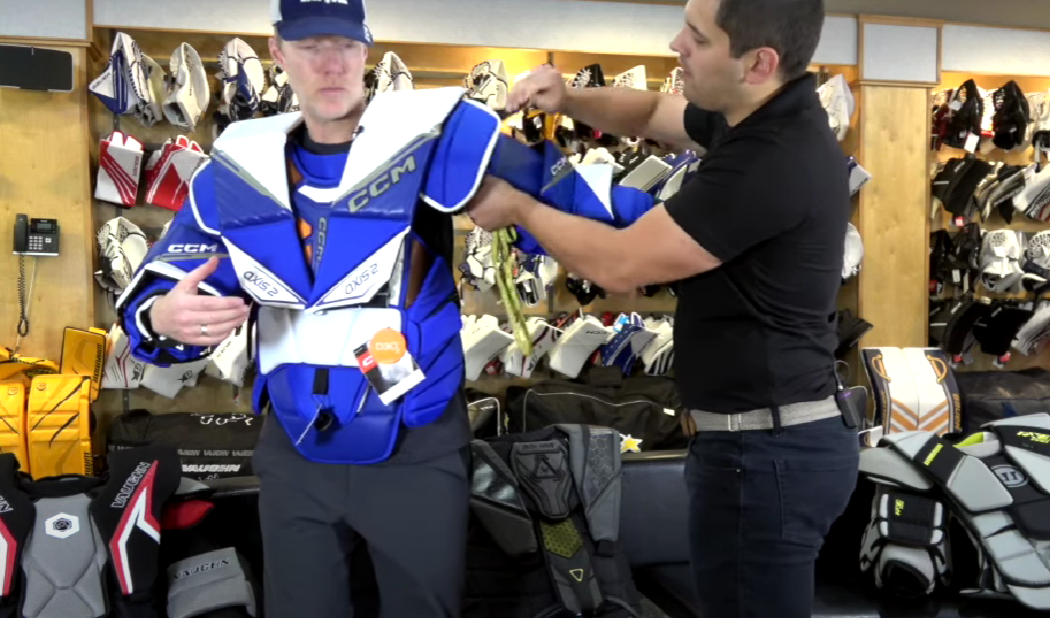
Shin Guards
Shin guards are crucial for shielding the lower legs, including the shins and knees. Composed of a hard plastic shell and foam padding, they provide protection against slashes, impacts from pucks, and contact with other players’ skates during checks or collisions.
Pants or Girdle
Hockey pants or a girdle offer protection for the lower body, including the hips, thighs, and tailbone. They are constructed with padding and plastic inserts to safeguard these vulnerable areas from falls, checks, and collisions.
Skates
Skates are arguably the most important equipment in hockey, enabling players to glide effortlessly on the ice. They feature a rigid boot, protective padding, and a blade holder with replaceable steel blades. Properly fitted skates provide ankle support and stability while allowing for optimal maneuverability.
Socks and Jockstrap
Hockey socks, usually made of moisture-wicking material, are worn over the shin guards to keep them in place and provide a uniform appearance. A jockstrap or pelvic protector is essential to protect the groin area from impacts and potential injuries.
Mouthguard
A mouthguard is a vital piece of protective gear, preventing dental injuries and reducing the risk of concussions. It is worn over the teeth and jaws, cushioning impacts to the face and reducing the likelihood of oral injuries during collisions or falls.
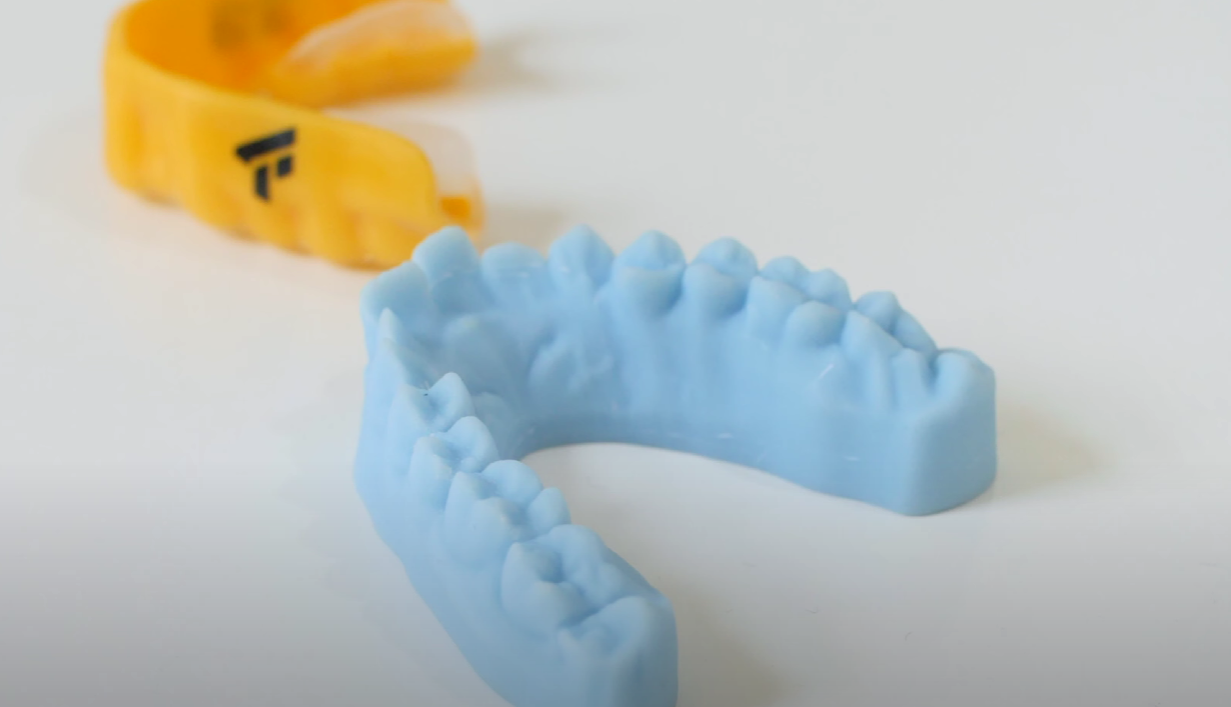
Hockey equipment plays a crucial role in ensuring player safety and enabling peak performance on the ice. By donning the appropriate gear, players can confidently immerse themselves in the dynamic and exhilarating world of hockey, focusing on the game while staying protected from potential injuries.
What Are the Cost-Related Factors in Playing Hockey?
While the thrill of playing hockey is undeniable, it’s essential to consider the financial aspects associated with the sport. From equipment expenses to league fees and travel costs, various factors contribute to the overall cost of playing hockey.
Equipment Costs
One of the significant initial expenses in hockey is purchasing the necessary equipment. This includes items such as helmets, skates, gloves, shoulder pads, shin guards, sticks, and more.
The cost of equipment can vary depending on the brand, quality, and specific requirements of the player. On average, a complete set of gear for a beginner player can range from $500 to $1,000 or more.
Ice Time and Facility Fees
Since hockey is predominantly played on ice, access to rinks and ice time comes at a cost. Whether it’s practicing or participating in games, players often need to pay for ice time at local rinks. The cost of ice time can vary depending on factors such as location, time of day, and the duration of the session.

Additionally, some facilities may charge membership or annual fees for usage, adding to the overall cost of playing hockey.
League Fees and Registration
Joining organized hockey leagues typically requires players to pay registration fees. These fees contribute to covering the administrative costs, referees’ expenses, scheduling, and other league-related expenses.
The cost of league fees can vary depending on the level of competition, age group, and geographic region. It’s important to note that higher-level leagues or elite programs often entail higher fees.
Travel Expenses
For players involved in competitive hockey or participating in tournaments, travel expenses can be a significant consideration. Travel costs include transportation, accommodation, meals, and other related expenses.
Depending on the location of tournaments or away games, these expenses can quickly add up, especially for players and teams that frequently travel long distances.
Training and Coaching Costs
To improve their skills and enhance performance, many hockey players opt for additional training and coaching outside of regular team practices. Private lessons, specialized camps, and clinics can provide valuable opportunities for skill development.
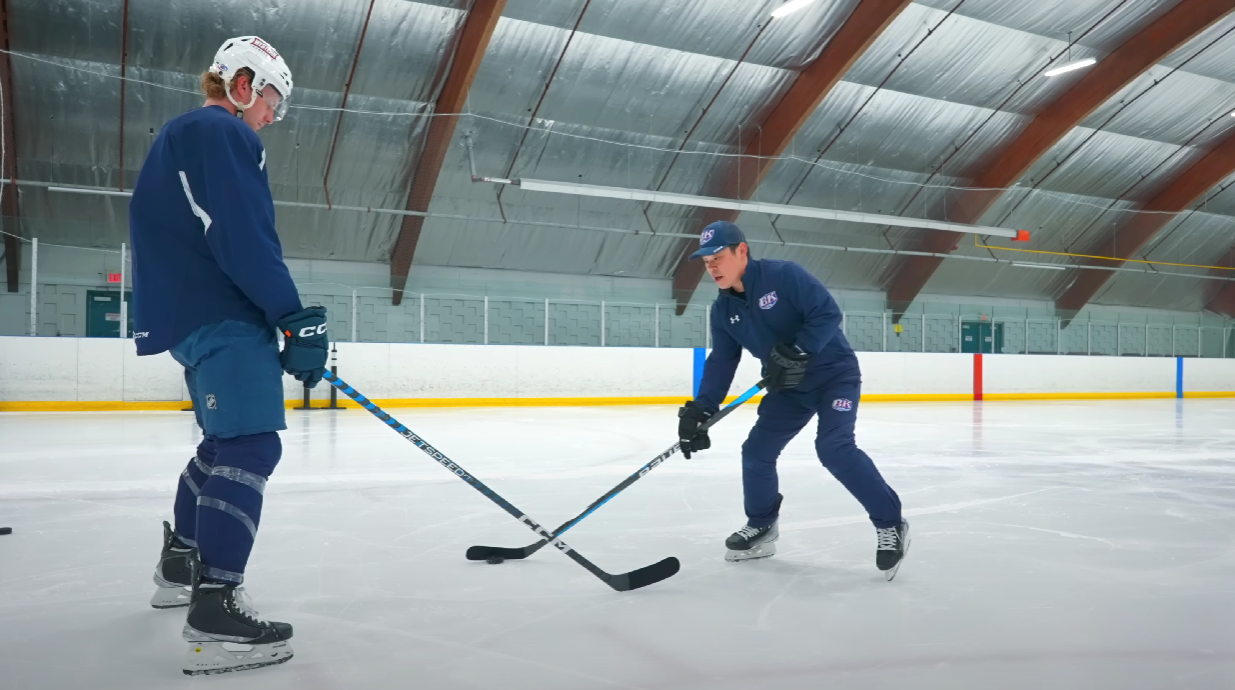
However, these extra training programs come with a cost, which varies depending on the expertise and reputation of the coaches or training facilities.
Uniforms and Team Apparel
Being part of a hockey team often entails wearing team uniforms and apparel. These can include jerseys, socks, practice jerseys, warm-up suits, and other team-related clothing.
While some teams may provide uniforms as part of the registration fees, others require players to purchase their team apparel, which can contribute to the overall cost of participation.
Maintenance and Replacement Costs
Hockey equipment undergoes wear and tear over time, and certain items may need regular maintenance or replacement. Skate blades may need sharpening, sticks can break, and protective gear might require repairs or replacement as it wears out.
These ongoing maintenance and replacement costs should be factored into the overall budget for playing hockey.
Additional Expenses
In addition to the direct costs associated with playing hockey, there may be additional expenses to consider.
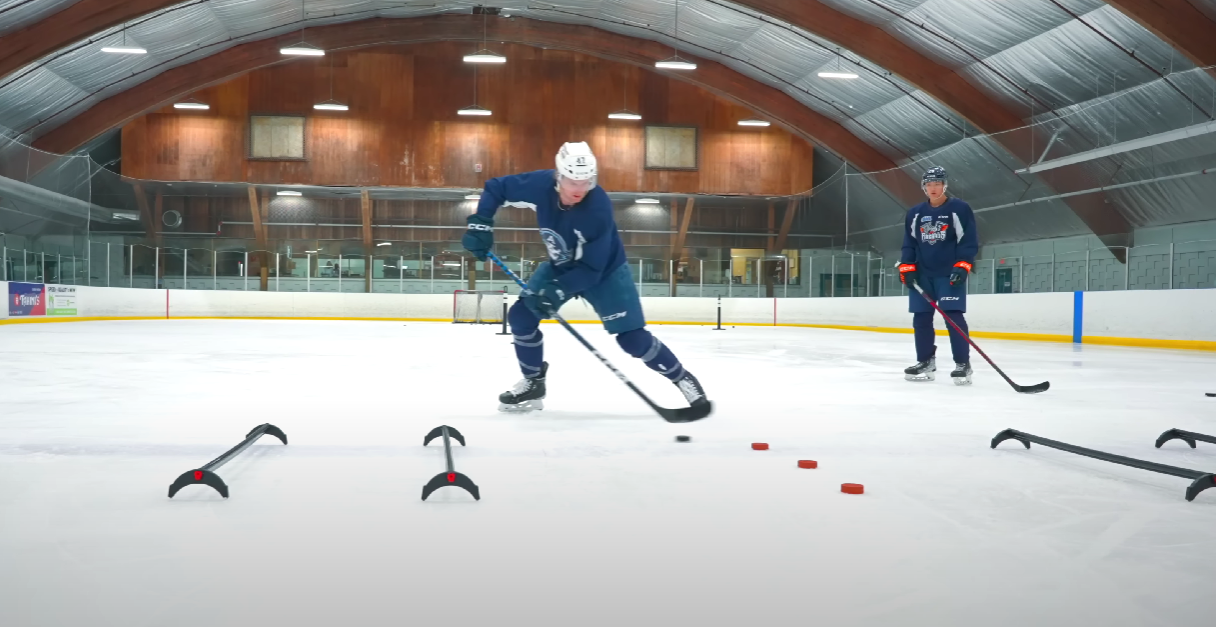
These can include team fundraising activities, participation in tournaments or showcases that require entry fees, specialized training equipment, off-ice conditioning programs, and more. It’s important to be aware of these potential expenses and plan accordingly.
Playing hockey involves various cost-related factors that players and their families need to consider. By budgeting and planning effectively, individuals can better manage the costs and ensure a fulfilling and sustainable hockey experience.
What Are the Importance of Playing Hockey?
Hockey is more than just a game. It offers a multitude of physical, mental, and social benefits that extend far beyond the confines of the ice rink. Whether played competitively or recreationally, hockey provides a unique platform for personal growth, teamwork, and a healthy lifestyle.
Below are the importance of playing hockey and delve into the various aspects that make it a cherished sport for millions around the world.
Physical Fitness and Health
Playing hockey is an excellent way to stay physically fit and active. The sport requires constant movement, involving skating, running, and quick changes in direction. These dynamic movements engage various muscle groups, promoting cardiovascular fitness, strength, agility, and endurance.

Regular participation in hockey helps improve balance, coordination, and overall body conditioning. Moreover, the fast-paced nature of the game provides an effective cardiovascular workout, contributing to a healthy heart and reducing the risk of obesity and related health issues.
Teamwork and Collaboration
Hockey is a team sport that thrives on collaboration and cooperation. Players learn the value of working together towards a common goal, developing essential skills such as communication, trust, and camaraderie.
The sport teaches individuals how to rely on their teammates, make split-second decisions, and effectively coordinate their actions on the ice. These teamwork skills cultivated in hockey can translate into various areas of life, including school, work, and personal relationships.
Discipline and Resilience
Hockey instills a sense of discipline and resilience in players. The commitment to regular practices, training sessions, and game schedules requires dedication and perseverance. Players learn to manage their time effectively, prioritize responsibilities, and push themselves beyond their limits.
Hockey also teaches resilience by instilling the ability to bounce back from setbacks, overcome challenges, and maintain a positive mindset in the face of adversity. These qualities are invaluable in building character and preparing individuals to face life’s hurdles with determination.
Mental Acuity and Cognitive Skills
Playing hockey enhances mental acuity and cognitive abilities. The game demands quick decision-making, strategic thinking, and the ability to anticipate and react to ever-changing situations on the ice. Players develop cognitive skills such as problem-solving, spatial awareness, and analytical thinking.

Moreover, the fast-paced nature of hockey improves mental agility, concentration, and focus. These cognitive benefits extend beyond the game and can positively impact academic performance and professional endeavors.
Sportsmanship and Respect
Hockey fosters a culture of sportsmanship and respect among players. The sport emphasizes fair play, integrity, and respect for opponents, teammates, coaches, and officials.
Players learn to control their emotions, constructively handle conflicts, and appreciate the value of teamwork and healthy competition. Hockey teaches individuals to win with humility and lose with grace, cultivating values that extend far beyond the game itself.
Social Bonding and Networking
Hockey provides an excellent opportunity for social bonding and networking. Being part of a team creates a sense of belonging and community. Players forge lifelong friendships and create lasting memories through shared experiences, victories, and challenges.
The sport brings people from diverse backgrounds together, fostering social connections and promoting inclusivity. Additionally, hockey offers a platform to interact with coaches, officials, and other players, building valuable networks and developing interpersonal skills [1].
Life Skills and Character Development
Playing hockey nurtures important life skills and contributes to character development. The sport instills qualities such as discipline, time management, accountability, and perseverance. Players learn to set goals, work towards them, and take responsibility for their actions both on and off the ice.
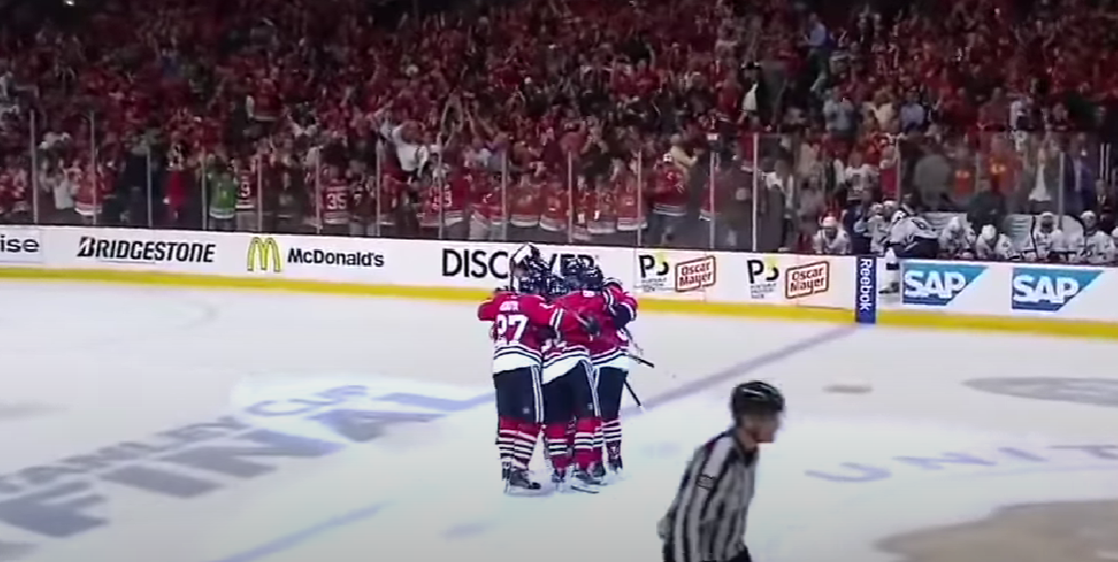
Hockey teaches individuals to embrace teamwork, accept constructive criticism, and strive for continuous improvement. These life skills and character traits cultivated through hockey are transferable to various aspects of life, enabling individuals to become well-rounded and successful individuals.
Conclusion
While the cost of playing hockey may vary depending on factors such as equipment, ice time, and league fees, it’s important to remember that the experience gained and the lifelong benefits of the sport far outweigh the financial investment.
From physical fitness to teamwork and character development, the value of playing hockey extends well beyond its price tag.

